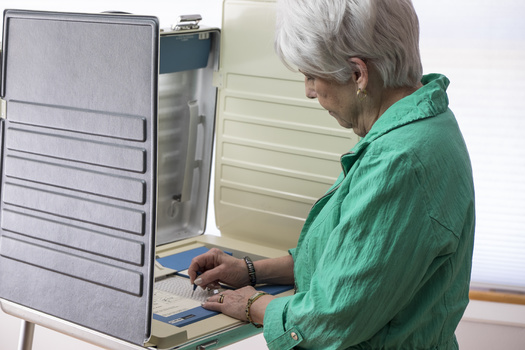| publicnewsservice.org |
Currently, in the Show-Me State, there are party primaries in August, and voters choose between the winners of the primaries in November. The Better Elections initiative seeks to move to what’s known as ranked-choice voting.
”It will make campaigns more broad-based. I think it will make campaigns less divisive.
Rosetta Okohson, a Democratic consultant and co-leader of the political action committee Better Elections, said under the model they are proposing, everybody votes for their top choice from any party in one primary election, then the top four would move onto the general election, where voters can rank them in order of preference.
“Things have been very polarized in our most recent elections, and voter participation has been very low,” Okohson observed. “We know more people show up in November, and are more engaged in November, and we want voters to feel good about having different options.”
She added while some voters are strong partisans, others may want to vote for a Democrat in one race and a Republican in another.
Under the proposal, party labels still would be included next to people’s names on the ballot, so voters still would know which candidates represent which party. Opponents of ranked-choice voting say the current primary system works, and there is no reason to change it.
John Hancock, a Republican consultant and co-leader of the campaign, said some voters do not like to publicly disclose their political leanings, but they have to in order to vote in the primary.
He pointed out since strong partisans tend to be more engaged primary voters, Republican candidates tend to run as far to the right as they can, and Democratic candidates tend to run to the left. He hopes the new system can address those issues.
“Under this system, if I’m one of four Republicans running, I’m not going to tear down my fellow candidates, because if a voter is going to vote for them as their first choice, I want to be their second choice,” Hancock emphasized. “It will make campaigns more broad-based. I think it will make campaigns less divisive. And I think it’ll produce better elected officials.”
The constitutional amendment has been approved by the Secretary of State’s office for signature gathering. To appear on the ballot, the campaign will need at least 160,000 signatures by May, the number determined by turnout from the last gubernatorial election.






